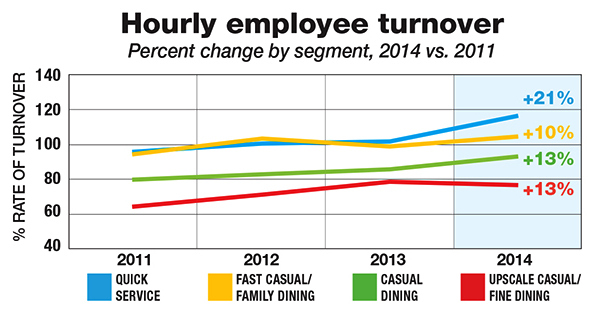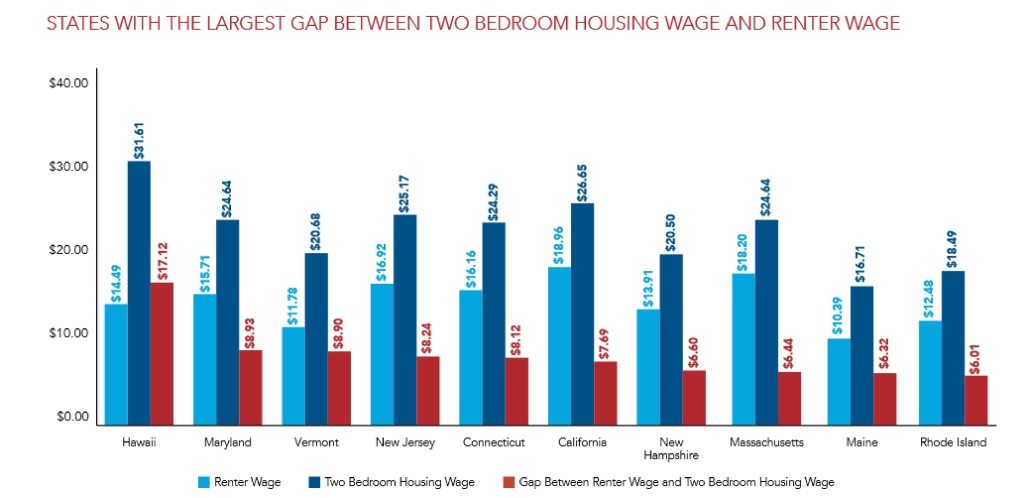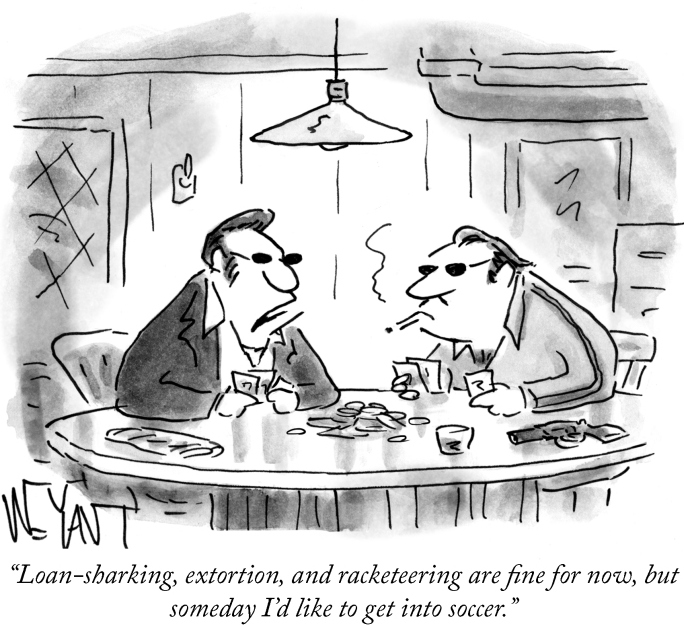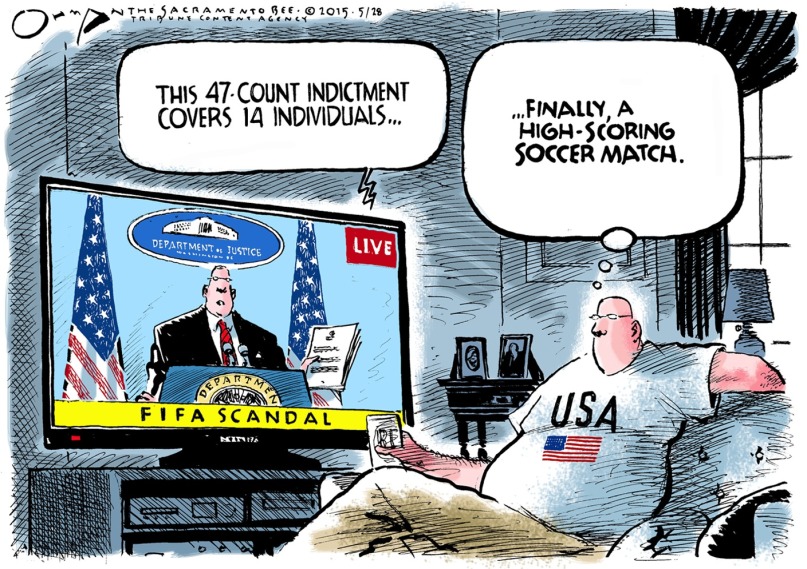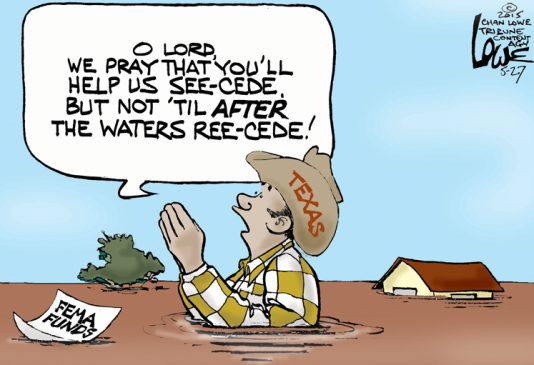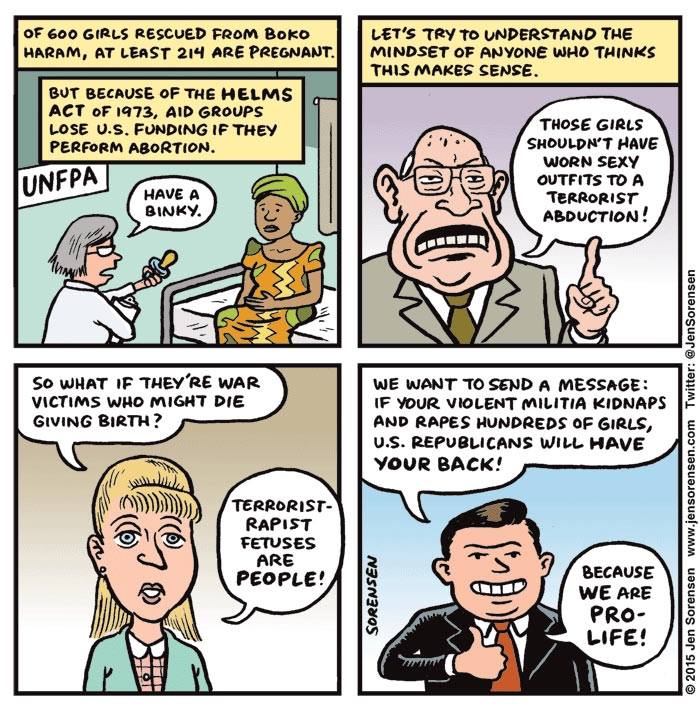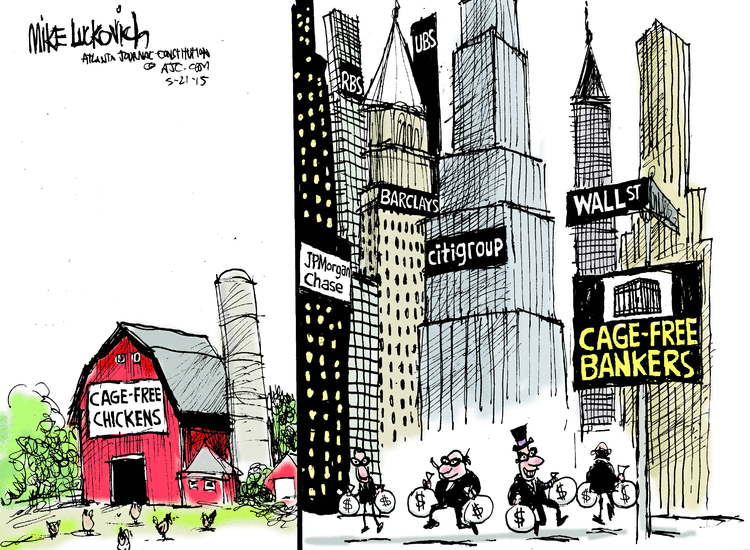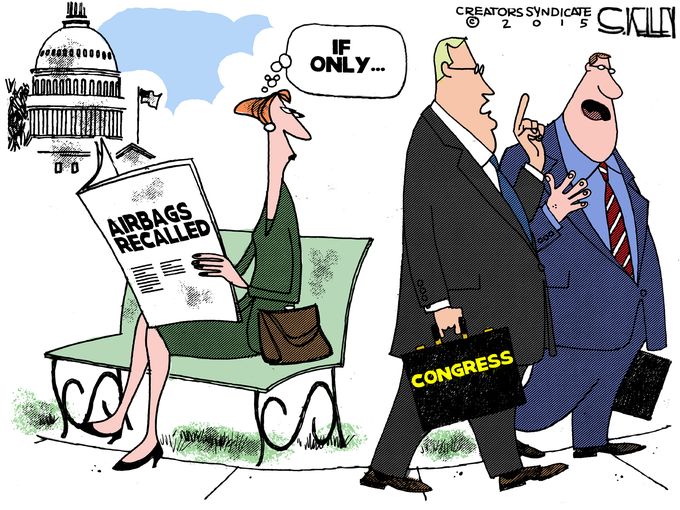And why aren’t they out in the streets? Why isn’t every bank office, and every legislature, “occupied?”
The NYT reported on their NYT/CBS News poll on income inequality. It found that Americans are broadly concerned about inequality of wealth and income despite the improving economy. Among the findings:
Nearly six in 10 Americans said government should do more to reduce the gap between the rich and the poor.
Inequality is no longer a partisan issue. The poll found that inequality is important to almost half of Republicans and two-thirds of independents, suggesting that it is likely to be a central theme in next year’s general election. We are already seeing populist appeals by politicians of both parties who are trying to capitalize on the sense among Americans that the economic recovery benefited only a handful at the very top.
Sadly, the surveillance society has changed the costs and benefits of protests. The Occupy movement was crushed with a coordinated 17 city paramilitary crackdown. In this day of background checks as a condition to get a job, a misdemeanor arrest for protesting can make you unemployable. You can find yourself on any one of a variety of official lists that cannot be challenged because of secrecy laws; there are sham arrests like those conducted at Occupy Wall Street or, at the NYC Republican convention in 2004 by then-Mayor Bloomberg.
And the financial services industry seems to be able to get cops to come in and round up people on their behalf.
It is not enough to gather in the street. Once you are there and gathered, it must lead somewhere, there must be a goal. Admittedly, the problem with activism is that the fight is to change perceptions and narratives, and progress toward those goals is slow, and rarely concrete and visible.
It’s astonishing today to see how Americans have been conditioned to think that political action and engagement is futile. The Wrongologist was a demonstrator when the reverse occurred, when activism in the 1960s produced significant advances in civil rights for blacks and women, and eventually led the US to exit the Vietnam War. But today, when activism is an option, quite a few argue that there is no point in making the effort, that we as individuals are powerless. Yet, what Richard Kline wrote about protest in 2010 still applies:
The nut of the matter is this: you lose, you lose, you lose, you lose, and [then] they give up. As someone who has protested, and studied the process, it’s plain that one spends most of one’s time being defeated. That’s painful, humiliating, and intimidating. One can’t expect typically, as in a battle, to get a clean shot at a clear win.
What activism does is change the context, and that change moves the goalposts on your opponent. It also raises the political price for governments that make bad decisions. Demonstrations helped stop LBJ and Nixon from making a few bad decisions. The same principle could apply to the Conservative’s desire to kneecap Social Security, Medicare and Obamacare while they hand out more baubles to their rich friends. This kind of class inequality is deeply un-American, but it has big political benefactors in both parties.
We can’t use the protests of the 1960s as a model in today’s political environment. Back then, power feared the people. Power feared the people because there was a free press to publicize and record events. The White House press confronted presidents; they didn’t pander, or act as stenographers as they do now.
That no longer exists. The press has been destroyed by corporate consolidation and foreign ownership. Investigative reporting and the institutions that nurtured and supported it were alive and well.
In the 1960s, few local politicians would refuse a permit for a peaceful demonstration, if in fact, a permit was even required. That is no longer true. No permit, no demo. The arrogance of power is demonstrated repeatedly right in front of cameras and reporters; the police harass and provoke, restrain and intimidate at peaceful demonstrations. They also create incidents to blame on demonstrators, which are dutifully captured by the cameras.
If one unit of protest worked in 1965, we need 10 units today to achieve similar results. In the meantime, reflect on this quote from a noted demonstrator:
“When the idea is a sound one, the cause a just one, and the demonstration a righteous one, change will be forthcoming”–Martin Luther King, Jr.
See you on Sunday.

